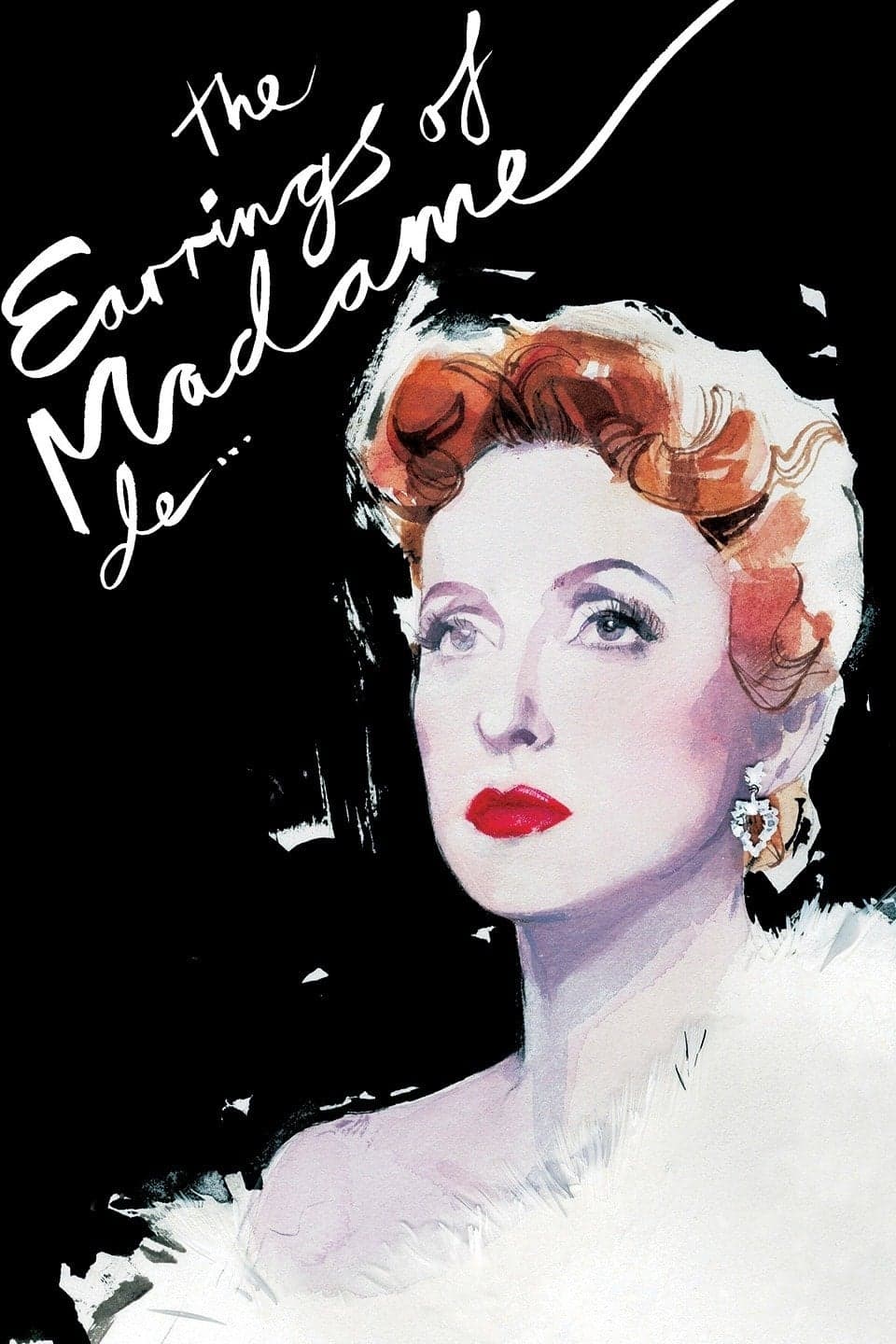
The Earrings of Madame de...
1953
Rate this movie
Average: 0.00 / 5
(0 votes)
Director
A polished hymn to style, elegance, to the severe refinement of feelings. But to define Max Ophüls' "The Earrings of Madame de..." simply as an ode to luxury would be an unforgivable oversimplification. Its "polished" quality is not superficiality, but rather a veneer of social polish, a veil of illusions and conventions that covers, and at the same time stifles, true emotions. Through a sumptuous mise-en-scène and cinematography that caresses every surface, Ophüls captures the opulence of the Belle Époque, not to glorify it, but to expose its inherent emptiness and the gilded cage it represents for its inhabitants. The "severe refinement of feelings" translates into a whispered drama, into restrained gestures and gazes that conceal abysses, amplifying the pathos of a tragedy that unfolds on tiptoes, with an almost heartbreaking dignity.
Ophüls proves to be a filmmaker sensitive to the allure of the femme fatale and embodies her myth, stripping it of all baroque embellishment and capturing on film the portrait of a woman who is sophisticated yet at the same time fragile and vulnerable to her tragic mistakes (in this, drawing on the lessons of Flaubert and his Madame Bovary). Unlike the fatal seductress of noir, Louise is not a conscious manipulator; hers is an existential fragility, a yearning for authenticity in a world of façades. Her "tragic mistakes" are not so much moral failings as desperate, albeit clumsy, searches for a love that transcends social calculation. Ophüls, with a sensibility that runs through all his work, from "La Ronde" to "Lola Montès," is a master at dissecting the female condition, revealing how women are often victims of social expectations and their own, sometimes naive, idealizations. The parallel with Flaubert is not incidental: just as Emma Bovary is trapped in the provinces and her romantic dreams, so Louise is caged in the luxury of an obtuse aristocracy, where sentiment is a commodity and freedom a dangerous mirage. Both women seek transcendence, one through novels, the other through a forbidden love, and both end up crushed by reality.
The story is entirely centered on a pair of earrings that Louise, a high-ranking woman and wife of an important general, must sell to address some debts. These jewels, splendid yet almost insignificant like many other ornaments in Louise's life, become the focal point around which an inevitable destiny revolves. They are much more than a mere MacGuffin: they transform into a polysemic symbol, embodying the fictitious wealth of their world, the moral and material debt that corrodes it, and the dissimulation that permeates every relationship. Their peregrination is a metaphor for Louise herself, tossed between different hands, subjected to valuations and exchanges, yet always yearning for an intrinsic value that the world around her does not recognize.
The earrings are secretly repurchased by her husband, who will gift them to his mistress, who, in turn, will cede them to an Italian gentleman. This chain of possessions and transfers is the heart of Ophüls' social critique. The General, played by a magnificent Charles Boyer who embodies a masculinity as captivating as it is suffocating, repurchases the jewels not out of altruism but out of a twisted sense of possession and control over his wife, almost a gesture to assert his superiority and his immunity to consequences. The mistress discards them with indifference, revealing the superficiality of extramarital affairs in their environment. The Italian gentleman, Baron Fabrizio Donati, to whom Vittorio De Sica lends a melancholy and authentic gallantry, is the only one who acquires them driven by sincere and selfless sentiment. Every passage of the earrings exposes the underlying and often petty dynamics of aristocratic relationships, where love is a power game and honor an easily tarnished façade.
The man, visiting Paris, will meet Louise, closing the circle of an inescapable fate. The encounter between Louise and the Baron is the only spark of authenticity in a world of appearances. Their passion, pure and sincere, is destined to clash with rigid social conventions and the General's implacable will. The "circle" that closes is not only that of the earrings but that of a tragic destiny woven from the very first frames, a fatality that leaves no escape. Ophüls creates a sense of inevitability, not through theatrical plot twists, but with the relentless cadence of a slow waltz, where every step inevitably leads to ruin. Early 20th-century Paris, with its balls and elegant salons, becomes a theater of emotional repression, where true love is a luxury no one can afford with impunity.
A work of algid and sensual beauty where the narrative rhythm is well sustained by a camera that sometimes lingers on details, sometimes slyly glides through masterful long takes. It is here that Ophüls' genius reaches unparalleled heights. His famous camera, which dances fluidly through sumptuous salons, mirrored corridors, and intimate bedrooms, is never a mere exercise in style. Rather, it becomes an almost conscious presence, an omniscient observer that guides us through the labyrinthine existences of the characters. The long tracking shots and long takes, which seem never-ending, envelop the viewer in a hypnotic spiral, capturing the opulence and claustrophobia of that world. The "sly" camera dwells on revealing details—a glistening jewel, a face marked by melancholy, a furtive gesture—then pulls away, suggesting the unstoppable flow of time and inevitable dissolution. The "algid beauty" of his images merges with an almost palpable "sensuality," a tension that pervades every frame and reflects Louise's inner conflict: her search for human warmth in a frigid environment of etiquette and conventions. "The Earrings of Madame de..." is not only a masterpiece of aesthetics and narration but a profound exploration of love, loss, and illusion, a timeless work that continues to enchant and move with its exquisite melancholy.
Gallery
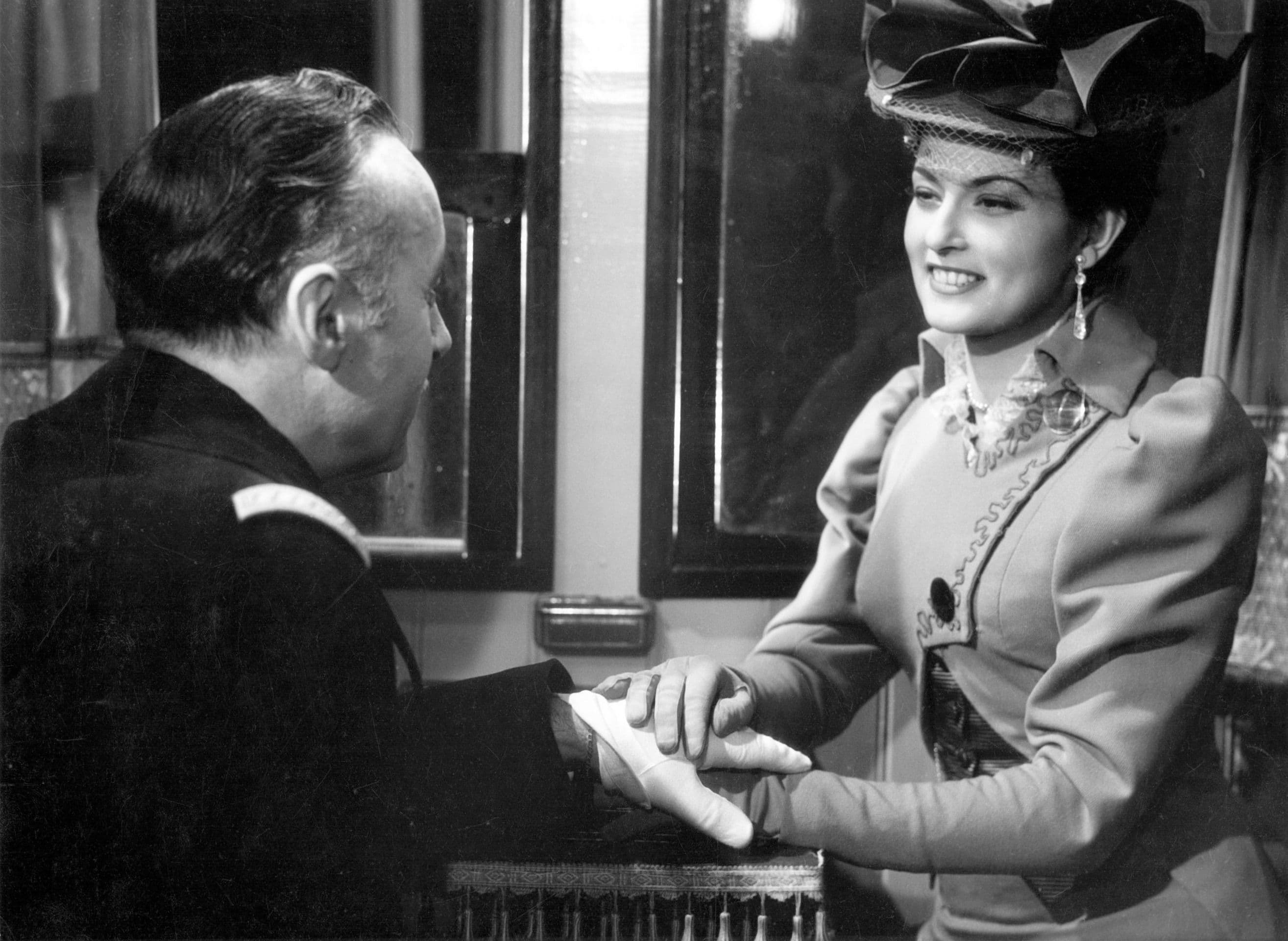
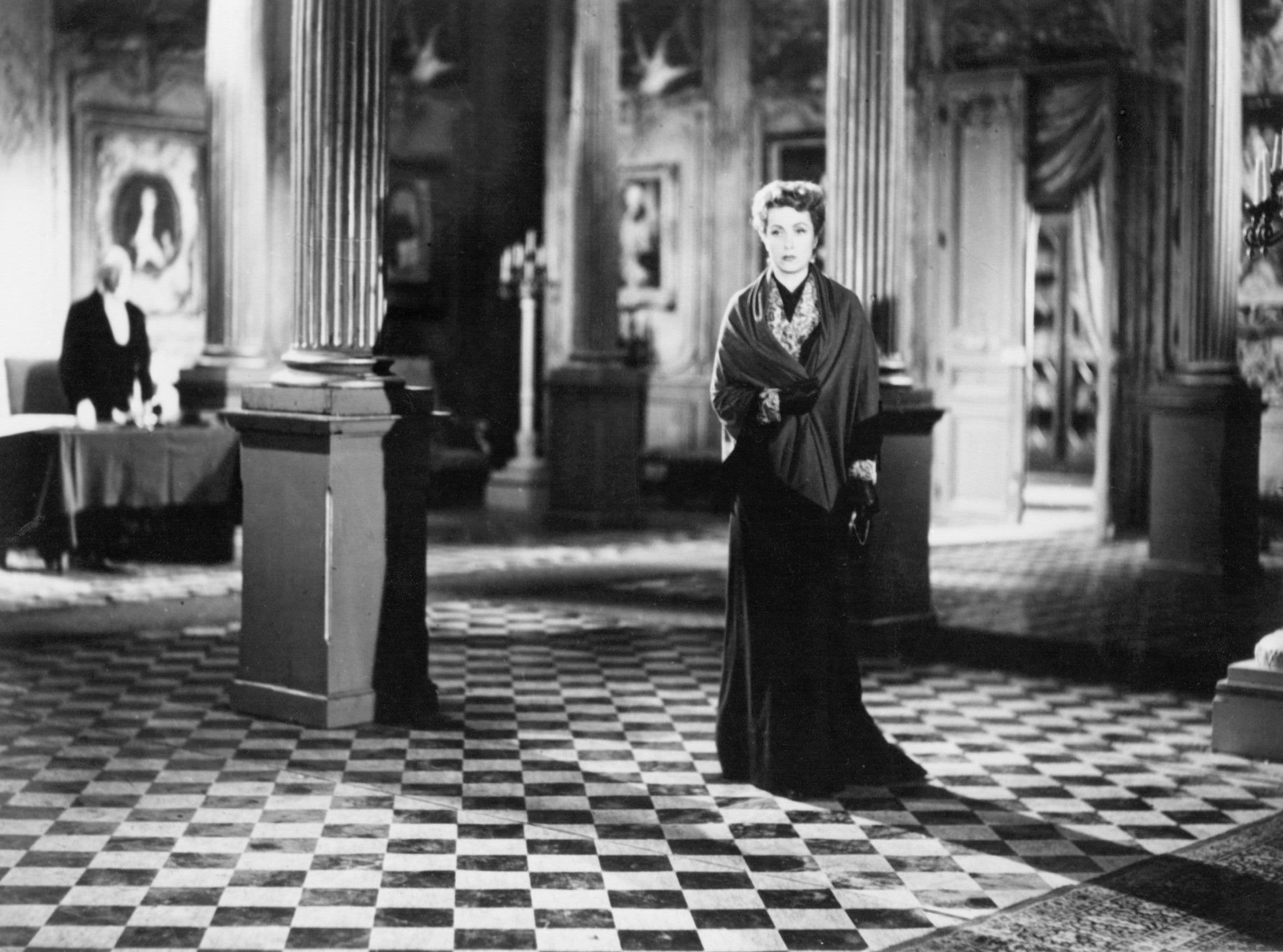
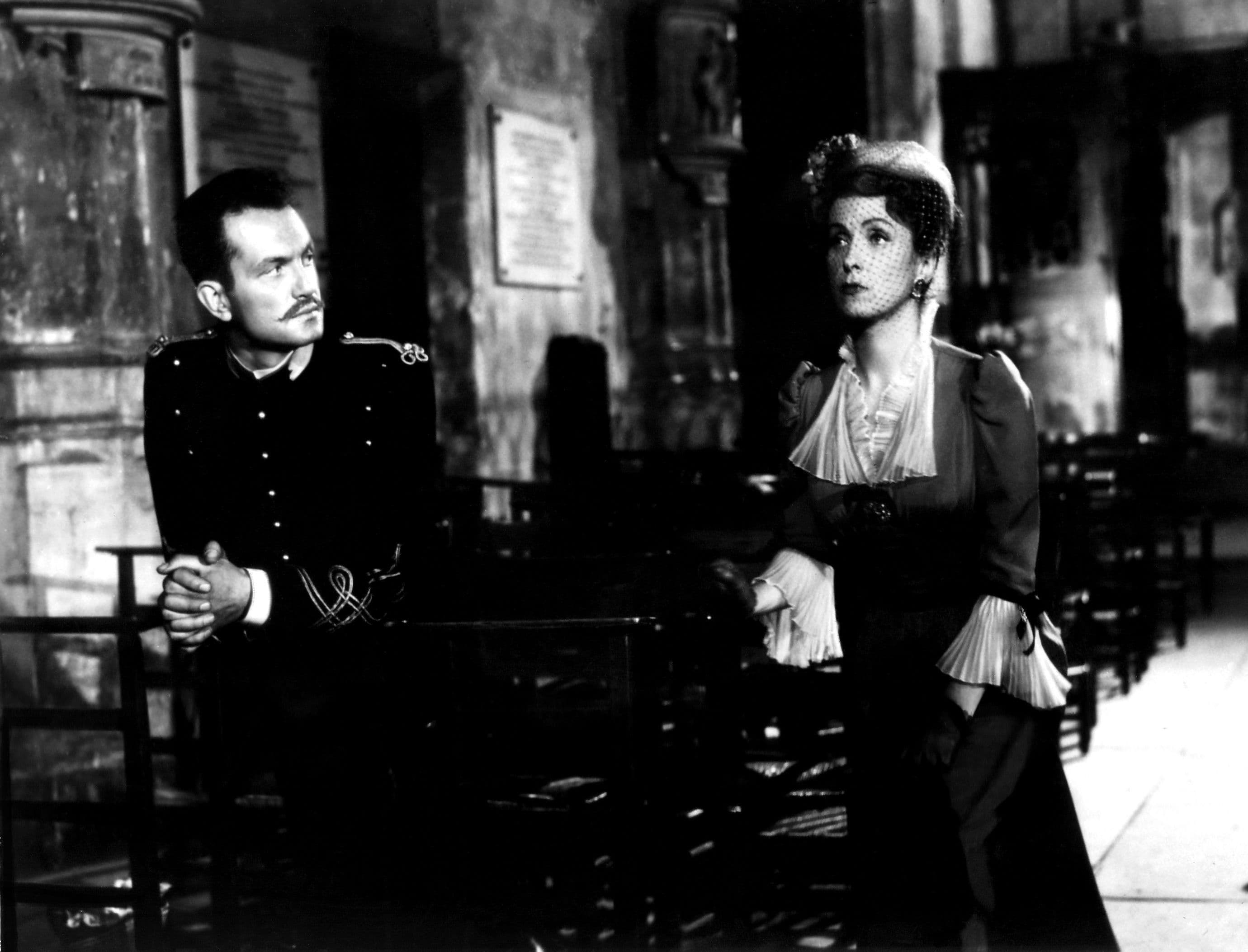
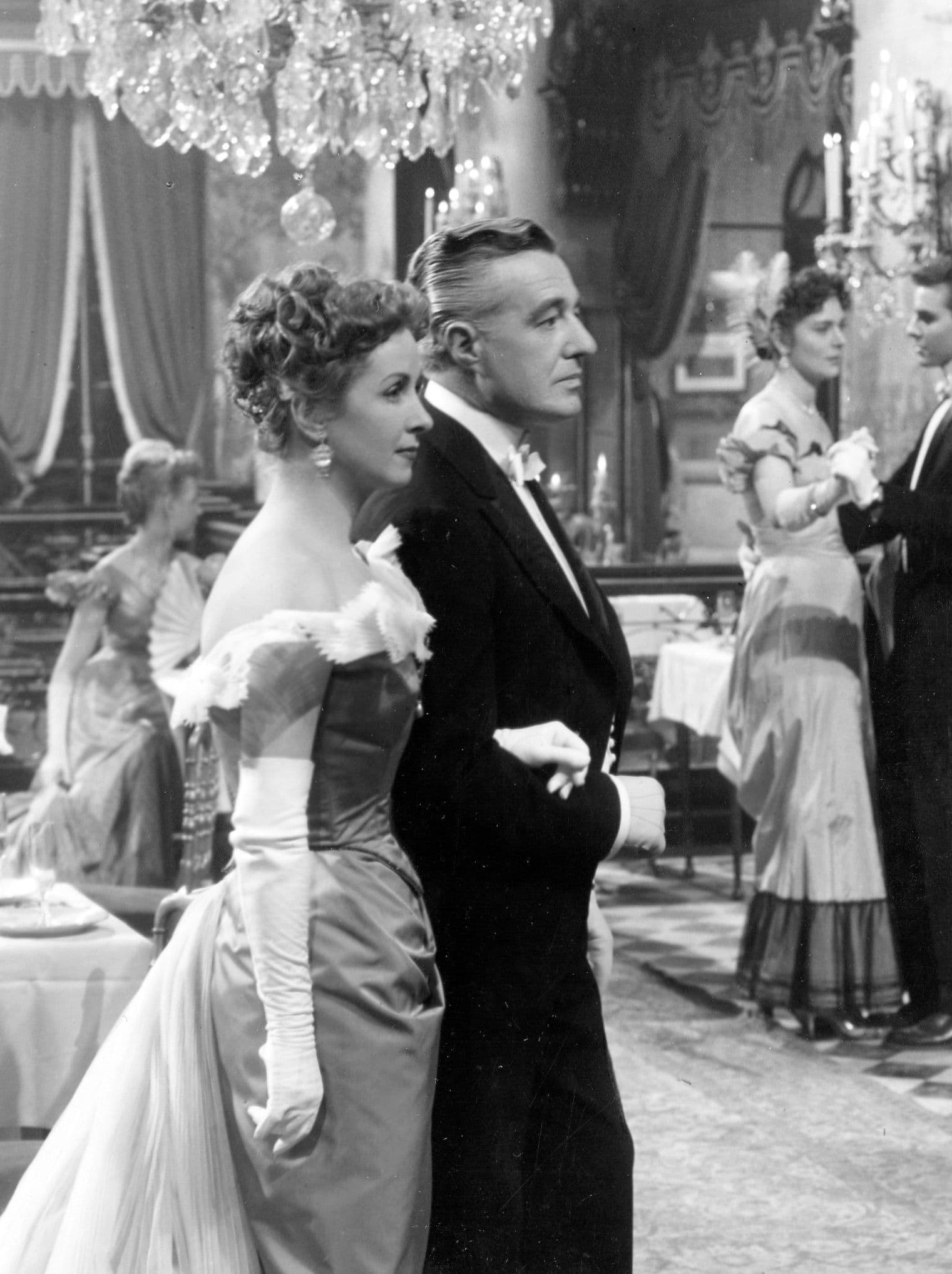

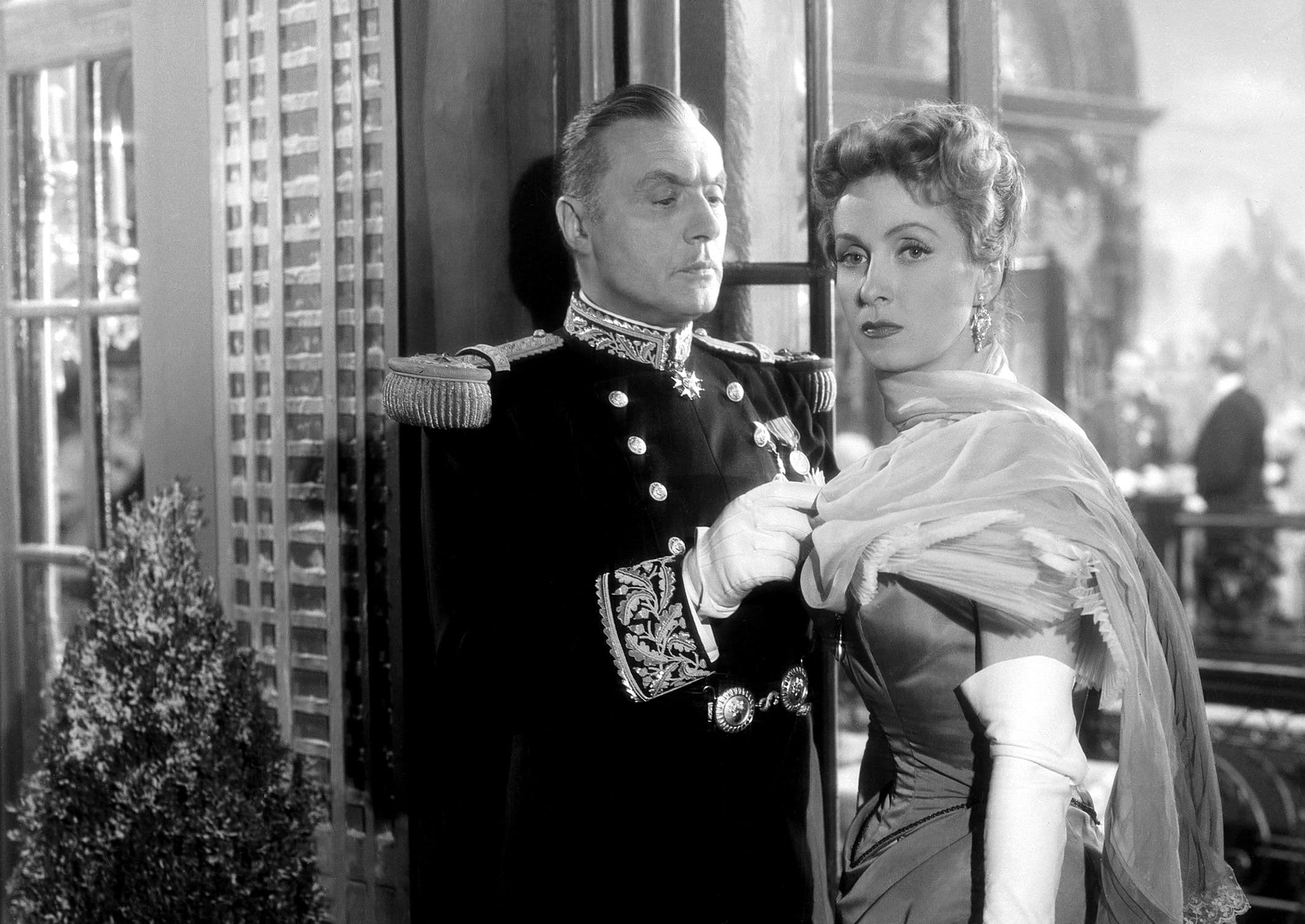
Comments
Loading comments...